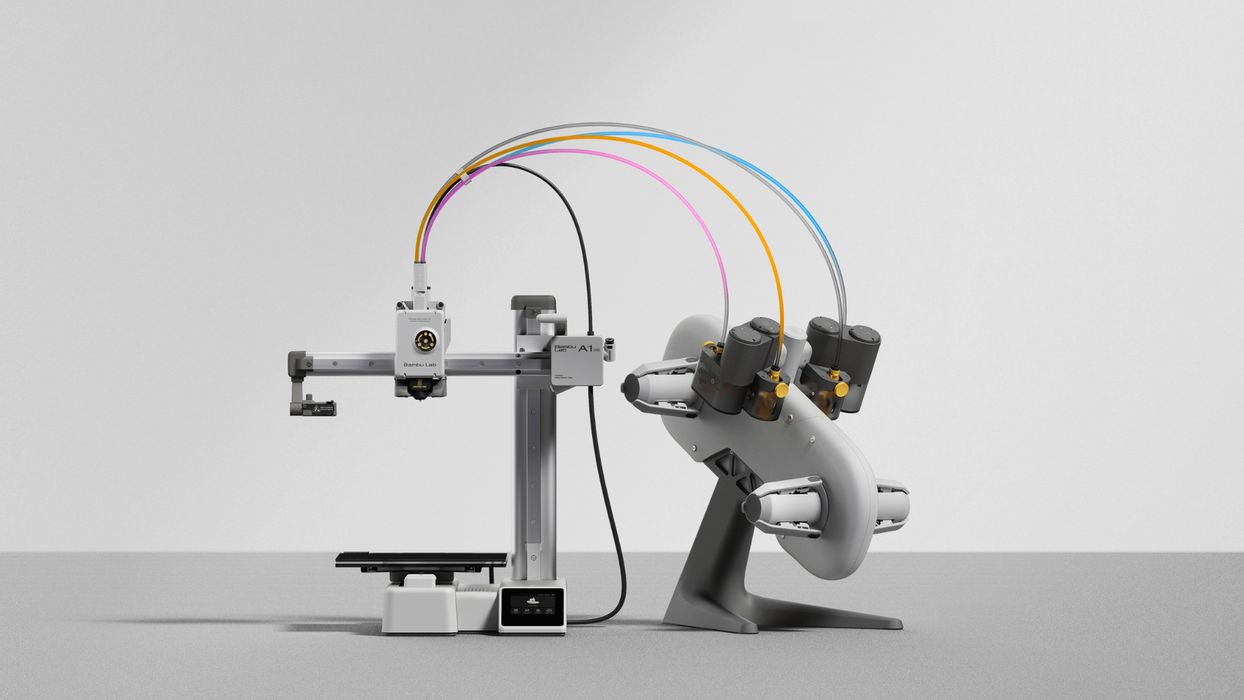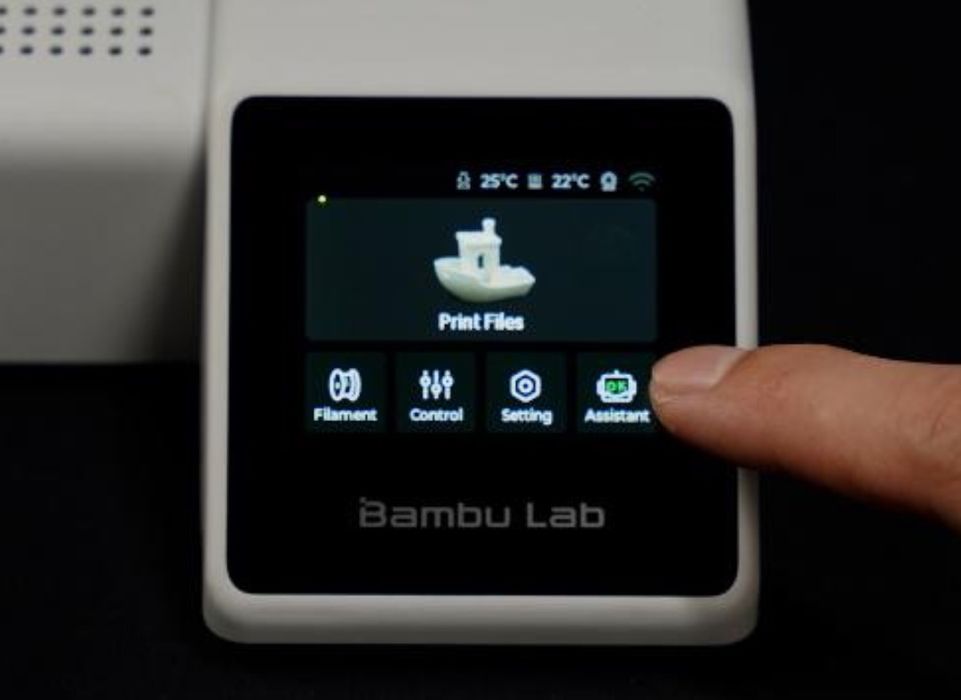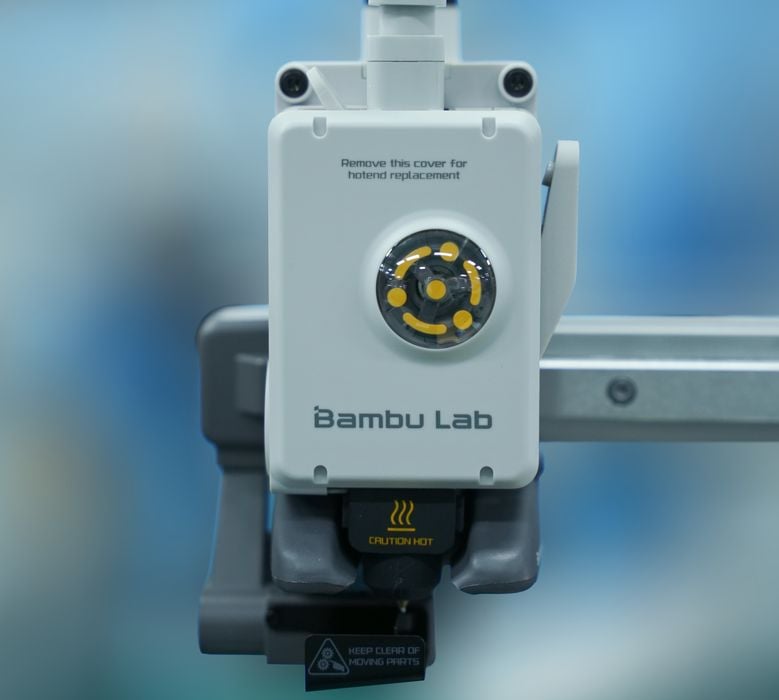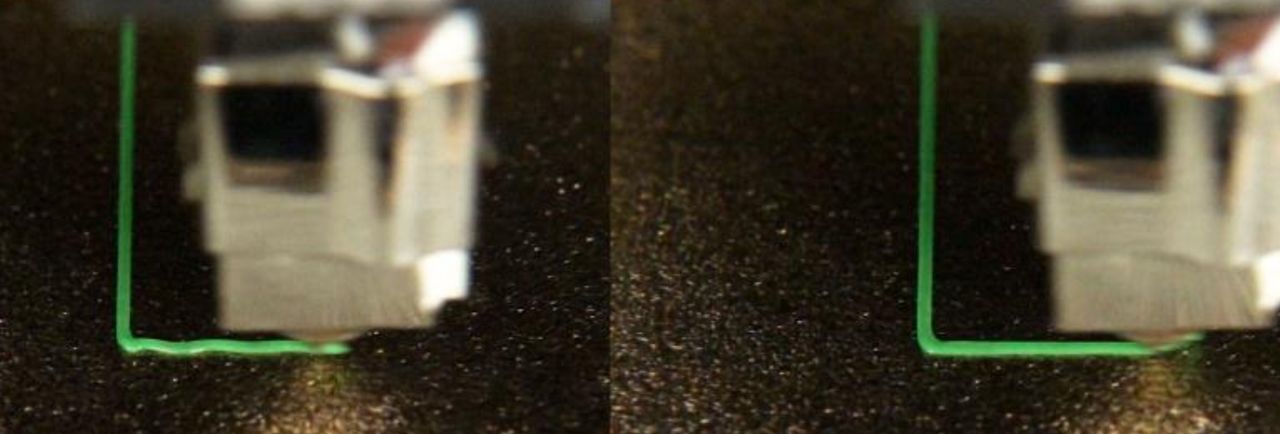
Bambu Lab announced an entirely new desktop 3D printer, the A1 mini, and an associated multi-material system.
The company has been pushing the entire 3D print industry forward with the introduction in 2022 of their revolutionary X1 desktop FFF device. The machine includes a slick combination of hardware, software, networking, automation, AI and industrial design that results in near-perfect prints every time. This machine was so far advanced over other companies’ offerings that many are now in catch-up mode.
Since then Bambu Lab introduced a more affordable P1P device, but now there’s a new device available: the A1 mini.
The name “mini” has some implications: several other manufacturers have introduced “mini” versions that are low cost, with stripped down features and a slightly smaller build volume. These seem to address a specific market niche, and I initially wondered if Bambu Lab was going the same route.

It seems not, as this “mini” is very, very different than any other mini 3D printer I’ve looked at recently.
Some aspects are what you’d find in a traditional “mini” 3D printer:
- Smaller build volume of 180 x 180 x 180 mm
- Open gantry design
- Automated leveling (but hold that thought for a second)
- Filament out detection (hold that thought, too)
- “A4” sized footprint
- Supports printing PLA, ABS and PETG (but not TPU, apparently)

Then there are quite a number of non-mini-like features:
- Fully assembled – nothing to do but power it on
- Full color touchscreen (most minis have a display and knob)
- FULL calibration beyond just leveling, including Z-gap
- High speed 3D printing up to 500mm/s, with automated vibration calibration
- 10000mm/s/s acceleration
- All-metal rails with linear bearings
- Covered toolhead and Z-axis to prevent messes and stray filament issues
- Advanced filament monitoring beyond “filament out”, which uses filament tension, speed, and more
- Quick-swap (30 seconds) hot end design, without any electronic connectors involved
That is a dream list of features one would expect to see on a “regular” 3D printer, not a stripped down “mini” 3D printer.
But wait, there’s more.

The hot end includes a special sensor to monitor material flow. This enables the A1 mini’s controller to dynamically manage the flow rate during printing. In other words, you can’t over or under extrude! For example, if the filament happens to have a segment that’s a bit thinner than it should be, the flow rate will be tweaked upwards to compensate. This should ensure prints are near-perfect every time.
One very unusual feature is something Bambu Lab calls “Active Motor Noise Cancellation”. While some 3D printers use “silent stepper drivers” to keep the machine noise down, Bambu Lab is going quite a bit farther. This feature involves calibrating the noise levels generated by the motors at different speeds (done automatically). Then during printing the machine actually using a special vibration algorithm to “cancel” most of the vibratory noise created during movements. This is said to be similar to advanced noise cancellation features found in headphones, and is not something I’ve seen on other 3D printers.
There’s an optional accessory, Bambu labs’ new AMS lite, seen at top attached to the A1 mini. This item is a filament switching system that can accommodate up to four spools. This means that A1 mini operators are able to print objects that include up to four different m materials (typically colors). This seems to be a variation of the AMS system used on Bambu Lab’s flagship equipment, which has proven effective.
The A1 mini’s features seem incredible for a mini 3D printer, but surely this must be expensive?
Nope. Bambu Lab lists the price for the A1 mini as only US$299. That is in line with several advanced low cost machines we’ve seen lately, but with far more advanced features.
But what about that multicolor feature? That must be expensive, too?
Nope. The AMS lite can be bundled with the A1 mini, and the two in total are priced at only US$459, implying the price of the AMS lite is US$160. That is a steal of a deal, especially considering that Prusa’s MMU3 lists at US$299.
Bambu Lab blew up the professional 3D printer market with the introduction of the X1 a year ago, and the established manufacturers are still trying to catch up. Now it seems that Bambu Lab intends on doing the same for the low-cost desktop 3D printer market.
Via Bambu Lab
